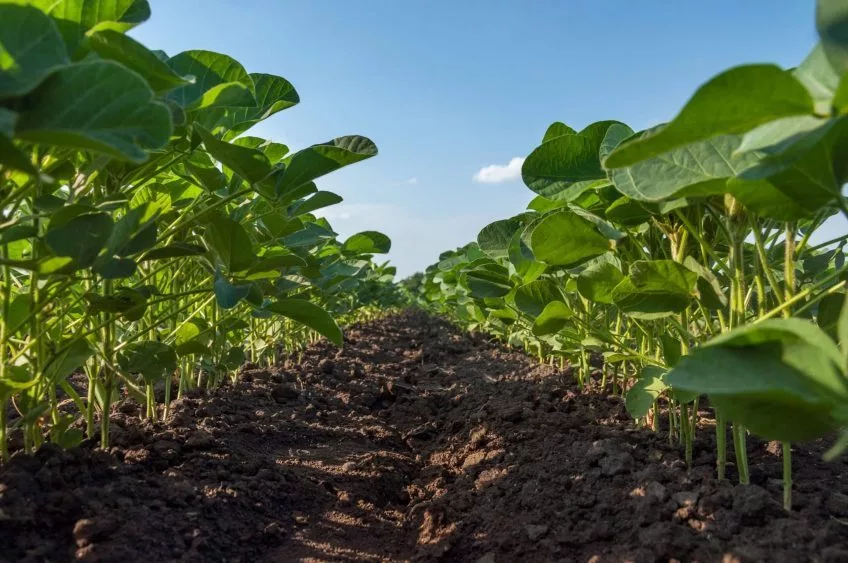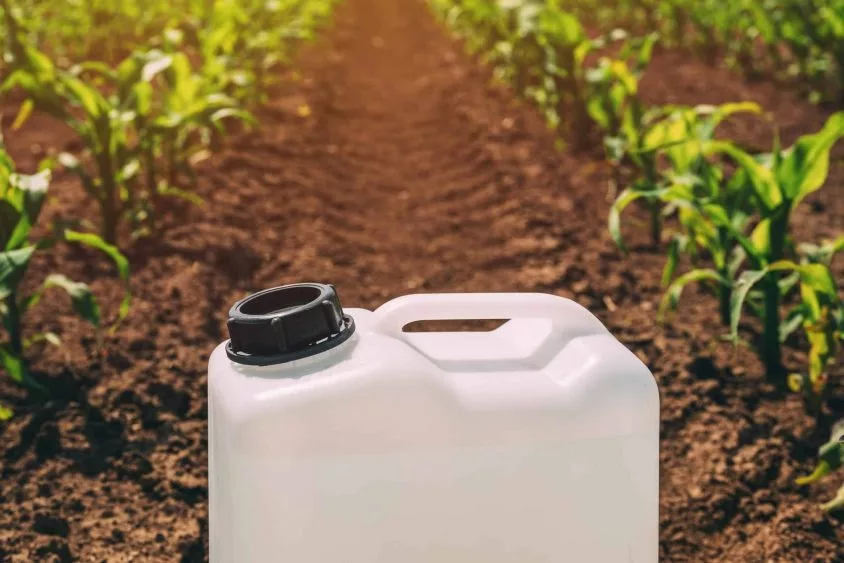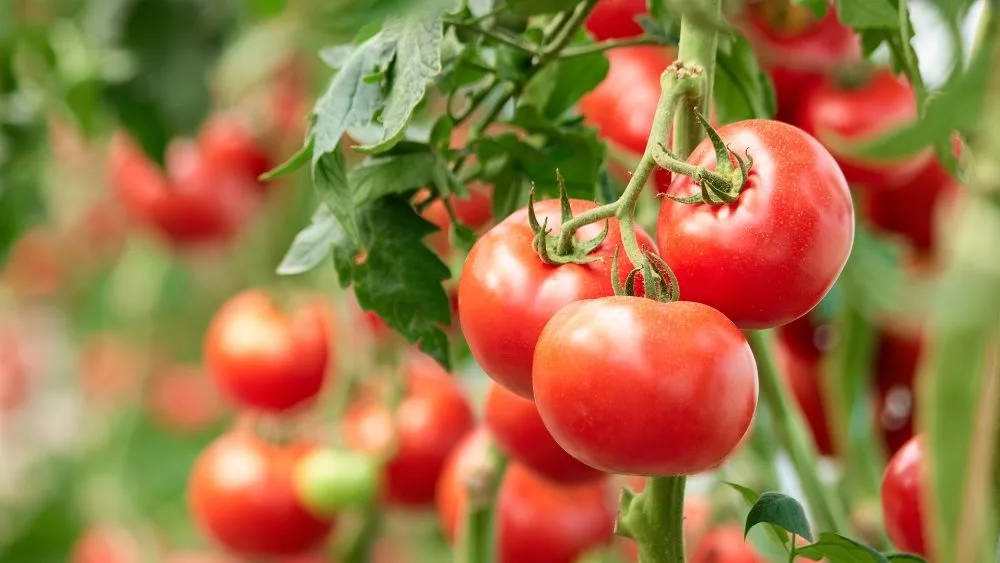
(FARGO, ND) — Across the Midwest, aphids have not been an issue in soybeans since 2018, but that changed last year when aphid counts trended upward and began showing a high amount of resistance to insecticides that have been traditionally used to manage aphid populations.
Ron Geis, market development specialist with Corteva Agriscience, is anticipating increased pressure this year due to the mild winter we had in many areas of the Midwest. “I think with the relatively mild winter, there were a couple of cold spells, but for the most part, it was a fairly mild winter. That generally leads to a little more soybean aphid survivability,” according to Geis. “Now, here in the upper Midwest, we really started to see aphids about the turn of the century, about 2000, 2001. They really hit Iowa, Minnesota in about 2003 and progressed a bit. 2008, it was horrendous pressures. And then they backed up a little bit from there.”
Geis added, “But from about 2018 to about 2024, we had very low pressures to where we kind of took our foot off the gas worrying about aphids. And then here in the summer of 2024, they were back again with a bit of a vengeance. And unfortunately, we started to see some of the tried and true insecticides that we had used in the past were failing us to a large extent.”
Based on winter low temperatures and cold mortality rates for soybean aphids, North Dakota State University researchers are forecasting the eastern areas of ND will be at a slightly higher risk for economic populations of soybean aphids, especially in the Red River Valley areas. Researchers at the University of Minnesota are also predicting high aphid pressure in 2025. They say since soybean aphid populations were starting to be more abundant in 2024 after years of relatively low populations, the 2025 growing season may be at higher risk for soybean aphid issues, especially in the southern parts of Minnesota. According to NDSU researchers, soybean aphids can migrate more than 100 miles and arrive in high numbers in neighboring states. They have a fast reproductive rate – doubling in 5-7 days when temperatures are favorable, which is in the low 80s range.
Farmers need to adjust their insecticide plans this year to prepare for possible increased aphid populations by using other chemistries that provide more effective aphid control, according to Geis. Aphid discussions and frequent scouting should begin around the end of July to mid-August. If a farmer had them last year and is wondering what control solution they should consider, Ridgeback insecticide would be a great fit based on efficacy in 2024.
“We’re pretty excited about our new line of products that include the Isoclast technology. Isoclast is something that we don’t use in corn, we don’t use anywhere else. So and it’s a relatively new product into the market,” according to Geis. “Ridgeback is that Isoclast with bifenthrin. What’s the Isoclast bring to the table? It kills aphids. It kills aphids and that’s what it controls. At the rates we’re using, we look at good aphid knockdown and then residual activity that’s going to last two and even in some cases up to three weeks for aphid residual control. And at the same time, while it’s controlling aphids, it’s not having much effect on other insects. That’s where the Ridgeback with the bifenthrin comes in, because the bifenthrin then brings a very broad spectrum of the insect control for beetles and loopers and other worms that we might find in our aphid or in our soybean fields so that we can get a broad spectrum of control while we’re making that application.”
Geis also adds growers should be on the lookout for things like white mold in soybeans this growing season as well and he encourages you to talk with your local retailer or local agronomist with questions. You can also visit https://www.corteva.us/ridgeback for more information.
Hear the full conversation with Ron Geis on the Monday, April 14th episode of AOA below, starting around the 24:00 minute mark of the podcast:



